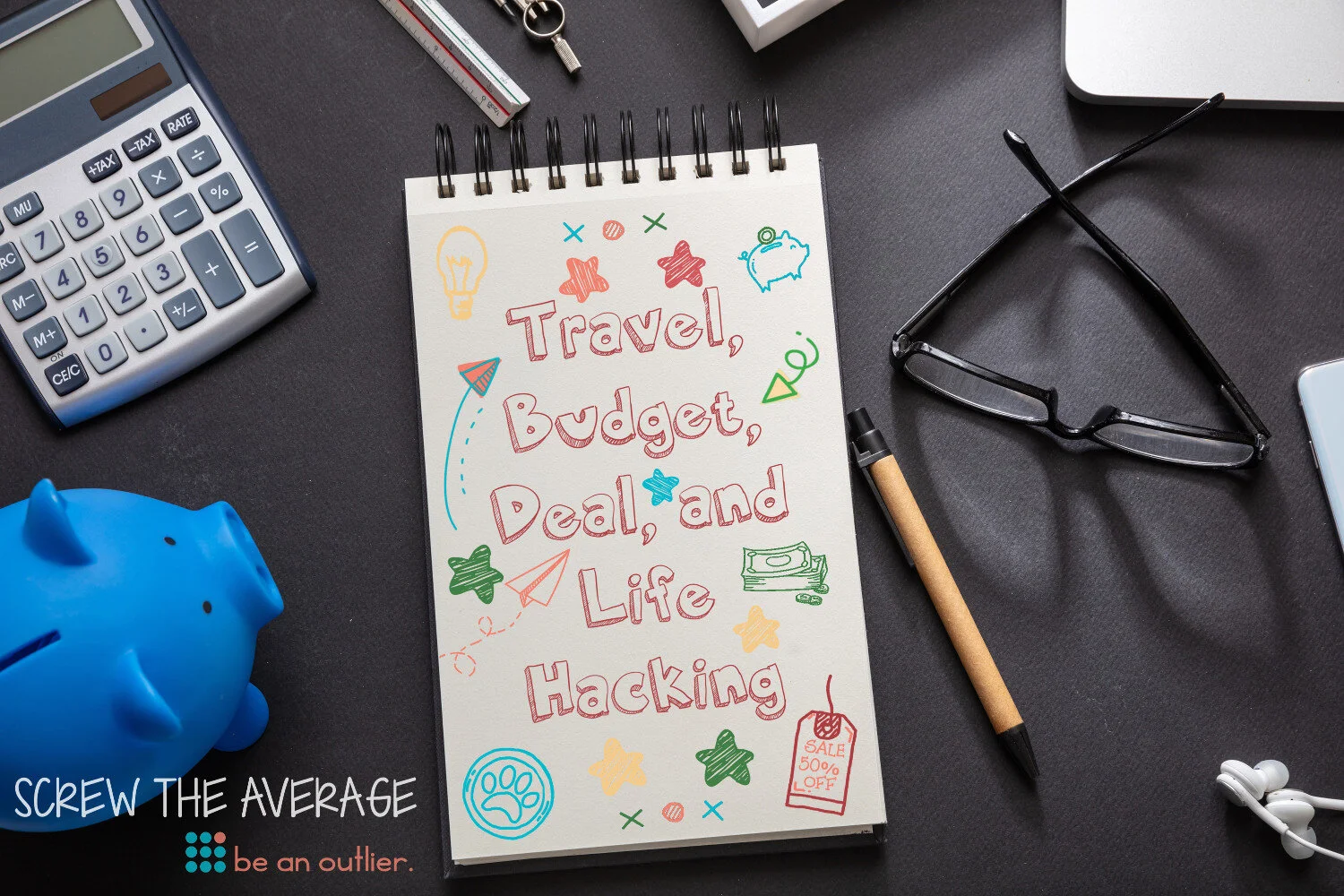80/20 (Pareto's Principle)
The Pareto Principle, also known as the 80/20 rule is known first and foremost as a business principle. However, we utilize the 80/20 rule in our daily lives to make the most of our money, house sitting jobs, travel gear, DIY efforts, and decisions.
Disclosure: We may receive a commission for links on our blog. You don’t have to use our links, but we’re very appreciative when you do. Thanks again for your support, we hope you find our posts and information helpful!
The Pareto Principle, also known as the 80/20 rule originates from Italian economist Vilfredo Pareto. The principle states that “for many events, roughly 80% of the effects come from 20% of the causes” (Wikipedia). Pareto observed that 80% of the land in Italy was owned by 20% of the population (Entrepreneurs Journey).
This principle is generalized to many businesses and industries. Taking the core concept, the idea is that 80% of the value is derived from 20% of the effort or cost.
For those who want to dive deep into the Pareto Principle, here are a few recommended books.
One of the Ways We Apply the Pareto Principle in Our Daily Lives
When purchasing items, we don’t just buy the first thing we find. We get the best value (80%) for the the best price (20%) by using the Pareto Principle.
Example: Applying the Pareto Principle to a Purchase
Many products come with a variety of features, styles, and price points, especially large purchases. Think of anything like a backpack, a vacuum, a television, etc.
To get a broad idea of the product and what different types and brands are available, do a quick preliminary search.
Find the low-end version of the item and the high-end version.
Amazon is a great tool for this
Compare and contrast the two items
Note the price difference
Note the value difference (through feature comparison, warranty length, and reviews)
Once you have an idea of the spectrum of quality, features, and brands available, it’s time to decide what exactly you’re looking for.
Make a list of what features are your ‘must-haves’
Make a list of what features are your ‘like-to-haves’
We use our ‘must-haves’ and ‘like-to-haves’ lists for most purchases, whether it be a quick mental note for small purchases, or a formal list for large purchases. See these lists in action when we decide on our perfect travel backpack!
Now is the fun part! It’s time to find items that match your criteria.
Find the least expensive version of the item the meets your ‘must-haves’
Find a couple of items that are one or two levels above the base item in terms of cost and features (usually the more features, the more expensive).
Finally, find a few items at the lowest price point that have both of your ‘must haves’ and your ‘like-to-haves’.
With a selection of items that all meet your ‘must haves’ and some that meet your ‘like-to-haves’, it’s time to narrow down your choices and make a final selection.
“In this case, you’re evaluating what gets you 80% of the functionality for 20% of the cost.”
Evaluate half-a-dozen or so items and objectively determine their value, consider cost versus features.
Ask, “The features of this item adds what value or benefit?”
Ask, “Are the features of this item worth the additional cost?”
We usually take a few minutes to look over product reviews. We take them with a grain of salt, but they’re useful to see trends and common remarks.
Now, you have a good, objective and in many cases a qualitative analysis of the items and options. Use this data to pick the best item for your needs.
Tip: Be sure to factor in warranties! Often times products with warranties, from a year to a lifetime make their way to the top of our list. For example, we purchased HikPro 20L daypacks/backpacks because they had a lifetime warranty. We love these packs and use them almost everyday. Two years after purchasing them, the company graciously honored their advertised warranty and replaced our bag because of a rip and pulled threads.
Final Thoughts
What we’ve found is that products that meet our ‘must-have’ criteria (functionality, benefits, and quality) generally end up lower in the range of prices. Then, as we evaluate products in the higher range of prices, we find that we get less and less ROI (return on investment) for the added costs.
In other words, we could pay significantly more for only small increments of improvement in the product.
Tip: The more important and more expensive items generally deserve a closer, longer, and more thorough analysis. Keeping the value of our time in mind, when we’re looking at less expensive items we do this analysis much more quickly and with less detail.











